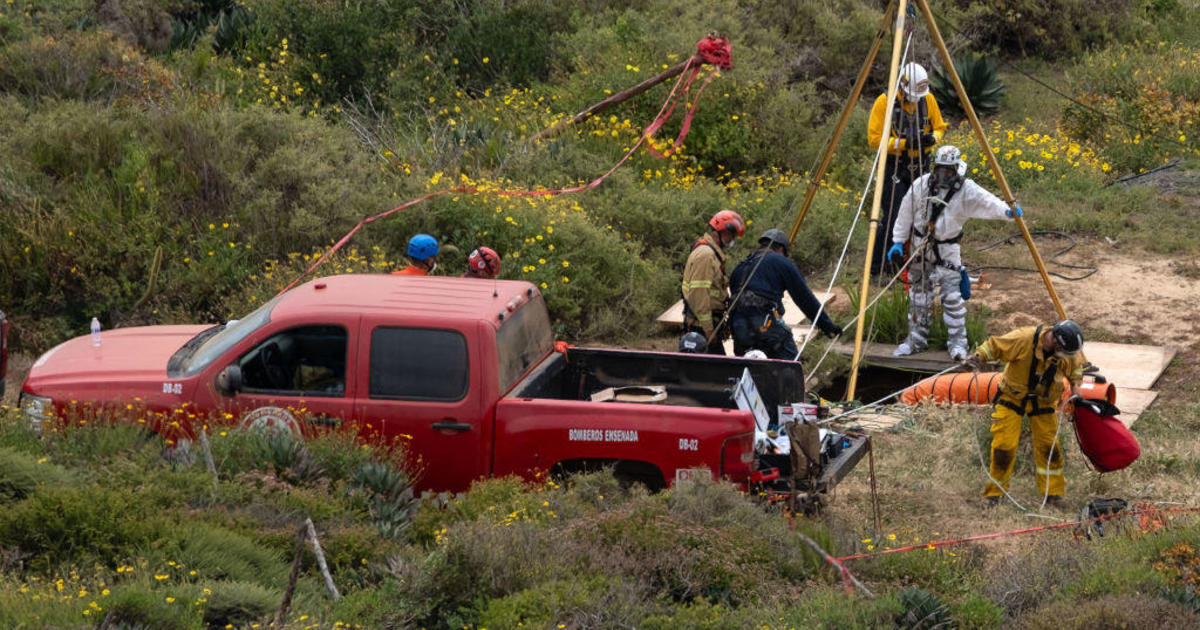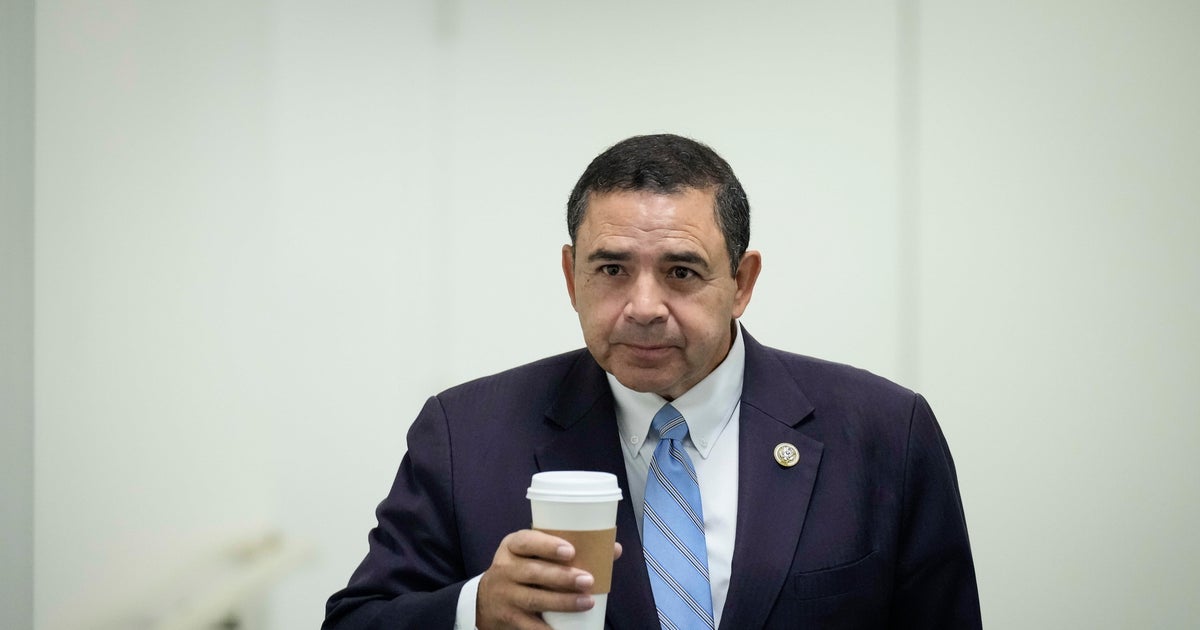Authorities investigating whether Amtrak engineer was distracted
DUPONT, Wash. -- Investigators are looking into whether the Amtrak engineer whose speeding train plunged off an overpass, killing at least three people, was distracted by the presence of an employee-in-training in the locomotive, a federal official said Tuesday. The official, who was not authorized to discuss the matter publicly and spoke on condition of anonymity, said investigators want to know whether the engineer lost "situational awareness" because of the second person in the cab.
The train was going 80 mph in a 30 mph zone Monday morning when it ran off the rails along a curve, sending some of its cars plunging onto an interstate highway below, National Transportation Safety Member Bella Dinh-Zarr said late Monday, citing data from the locomotive's event recorder.
The NTSB said Tuesday that the inward and outward facing cameras were damaged and they will be sent to the NTSB's lab in Washington, D.C., to see if anything can be recovered.
The emergency brake kicked in during the accident, not before, CBS News transportation correspondent Kris Van Cleave reports. It does not appear the engineer activated the emergency brake, Van Cleave reports.
On Monday, Dinh-Zarr said it was not yet known what caused the train to run off the rails and was too early to say why it was going so fast. She said investigators will talk to the engineer and other crew members. In previous wrecks, investigators looked at whether the engineer was distracted or incapacitated.
The engineer, whose name was not released, was bleeding from the head after the wreck, and both eyes were swollen shut, according to radio conversations. The NTSB said Tuesday there were two people in the cab at the time of the crash, an engineer and a conductor familiarizing himself with the equipment. CBS Seattle affiliate KIRO-TV reports. According to KIRO-TV, the NTSB said the regular conductor was in the passenger section of the train.
Russell Quimby, a former railroad accident investigator for the NTSB, told CBS News' Carter Evans that investigators will focus on the engineer's actions.
"The engineer being asleep or distracted," Quimby said. "We could also have some kind of medical issue that cropped up."
Radio transmissions in which a crew member discussed injuries to the engineer mentioned a second person in the front of the train, who was also hurt.
The train, with 85 passengers and crew members, was making the inaugural run along a fast new bypass route that was created by refurbishing freight tracks alongside Interstate 5. The 15-mile, $180.7 million project was aimed at speeding up service by bypassing a route with a number of curves, single-track tunnels and freight traffic.
Positive train control, or PTC -- technology that can automatically slow or stop a speeding train -- wasn't in use on this stretch of track. Track sensors and other components had been installed at the time of the accident, but the system isn't expected to be completed until the spring, transit officials said.
Regulators have been pressing railroads for years to install such technology, but the deadline has been extended repeatedly at the industry's request and is now the end of 2018.
The 7:34 a.m. accident left mangled train cars lying on the roadway and on top of each other, with one hanging precariously off the overpass.
During a press conference Tuesday, a Washington State Department of Transportation spokesman said workers are in the process of moving four or five train cars to a secure facility. Cranes and flatbed trucks are being used in the process. The locomotive, which weighs more than 270,000 pounds, will present a particular challenge due to its weight.
Drivers have been urged to avoid the area.
Washington State Patrol Trooper Will Finn tweeted an update about the highway closure, saying the roadway would remain closed "at minimum" through Wednesday morning.
The screech and clang of metal in the crash was followed by silence, then screams, as the injured cried out to rescuers and motorists pulled over and rushed to help.
"It felt oddly silent after the actual crashing," said passenger Emma Shafer, who found herself at a 45-degree angle, staring at the seats in front of her that had come loose and swung around. "Then there was people screaming because their leg was messed up. I don't know if I actually heard the sirens, but they were there. A guy was like, 'Hey, I'm Robert. We'll get you out of here.'"
Three people were confirmed dead in the crash, and more than 70 people were injured, 10 of them seriously.
Soon after the crash, The Associated Press reported six people had been killed; that figure was based on what turned out to be erroneous information provided in a briefing to officials.
One of those killed was identified as Zack Willhoite, a customer service employee at a local transit agency and a railroad buff excited to be on the first passenger run of the new route. He was a member of All Aboard Washington, an organization of rail advocates.
The group's executive director, Lloyd Flem, said it was a given Willhoite would be on the trip.
"It's pretty devastating. We're having a tough time," Flem said.
It is not the first time high speed has been a suspected factor in a deadly train derailment.
In 2015, an Amtrak train traveling at twice the 50 mph speed limit ran off the rails along a sharp curve in Philadelphia, killing eight people. Investigators concluded the engineer was distracted by reports over the radio of another train getting hit by a rock.
In September, a judge threw out charges of involuntary manslaughter and reckless endangerment against the engineer, saying the wreck did not appear to rise to a crime. Prosecutors are trying to get the case reinstated. Amtrak agreed to pay $265 million to settle claims filed by victims and their families. It also stepped up installation of positive train control on the heavily used tracks between Boston and Washington, D.C.
In 2013, a Metro North commuter train in New York was found to be going 82 mph as it approached a 30 mph curve and derailed, killing four people. That crash also prompted calls for positive train control systems to help control speed and improve safety.
In the Washington state crash, speed signs were posted 2 miles before the speed zone changed, according to Kimberly Reason of Sound Transit, the Seattle-area transit agency that owns the tracks.
The NTSB's Dinh-Zarr said it is too soon to say whether positive train control would have prevented Monday's tragedy.



